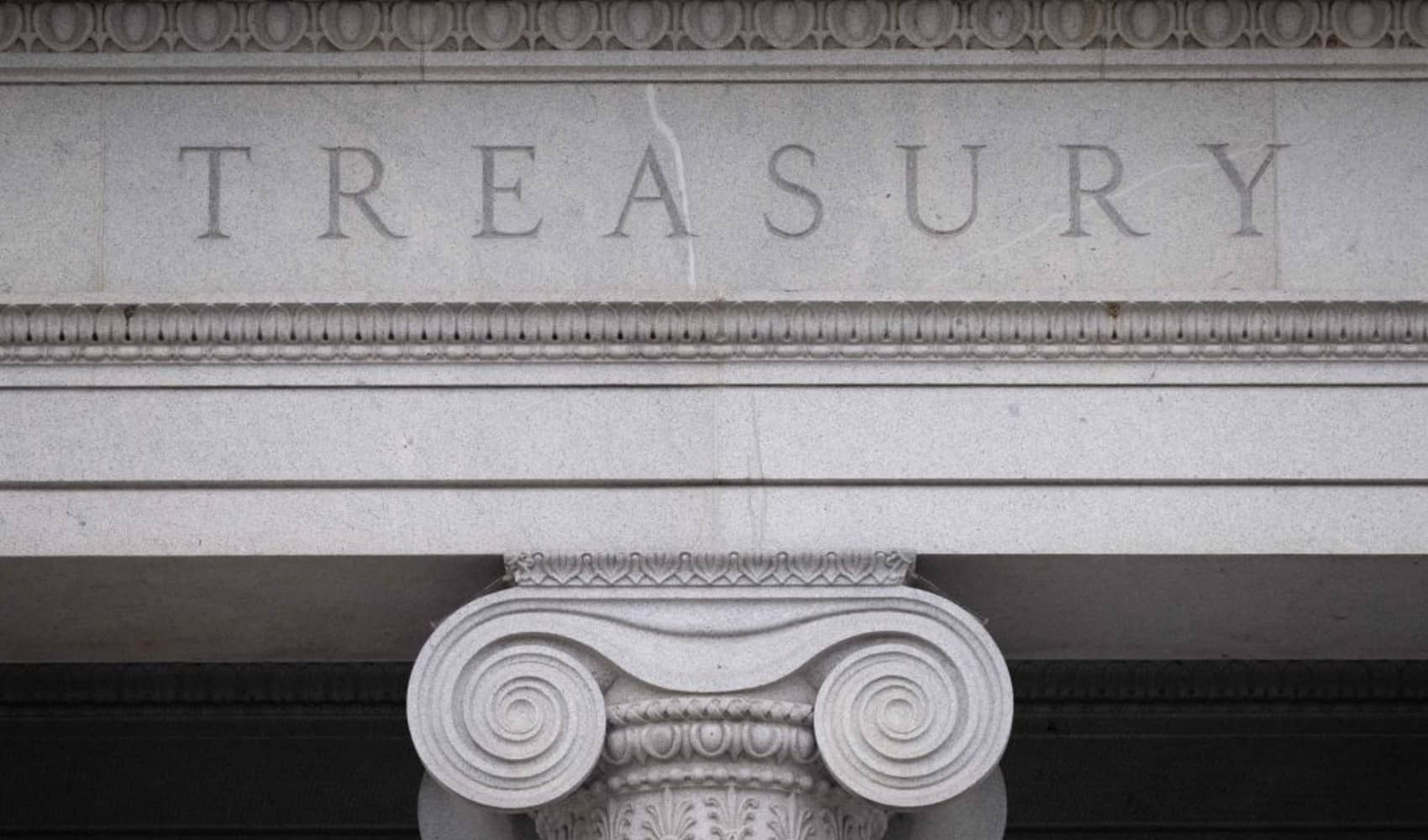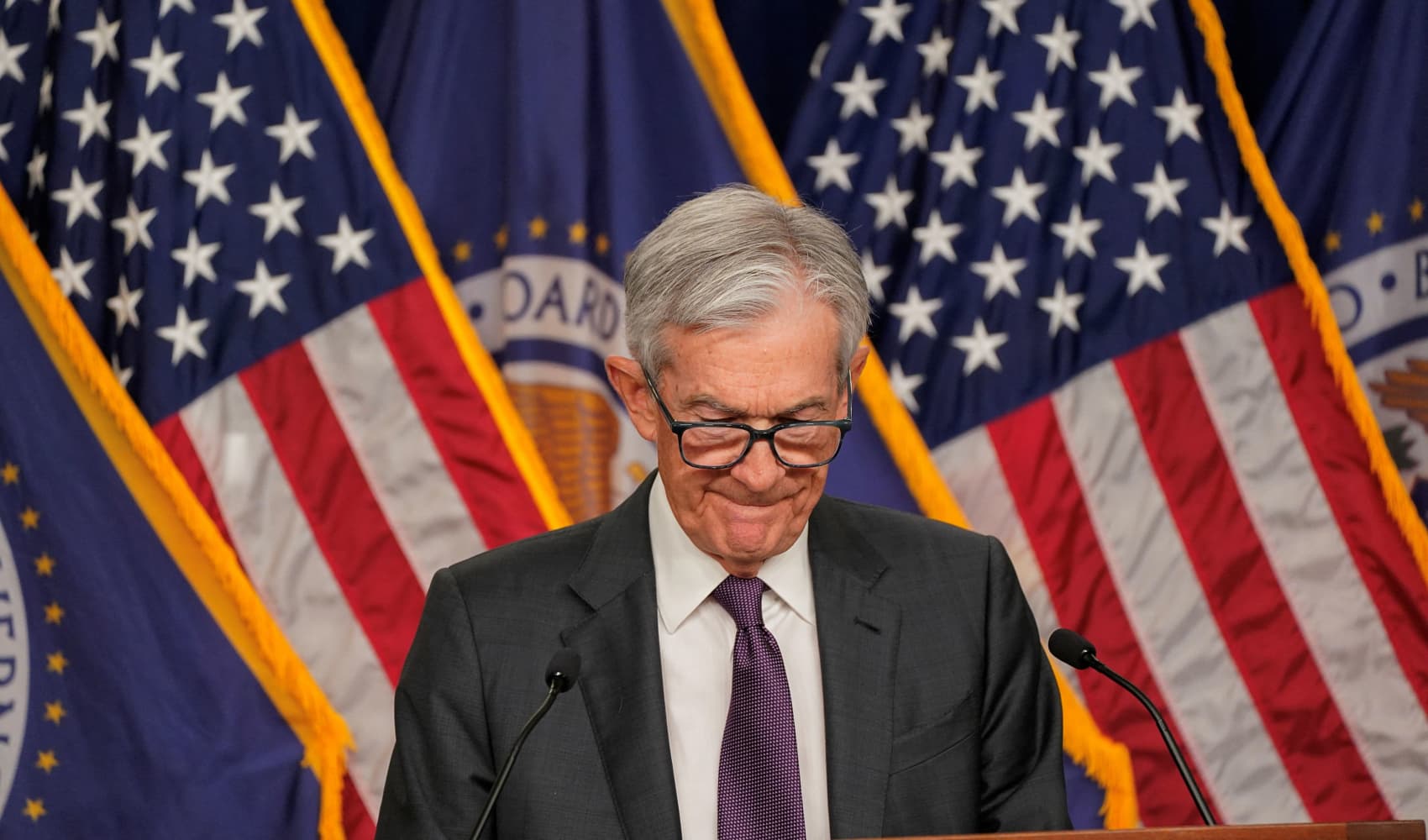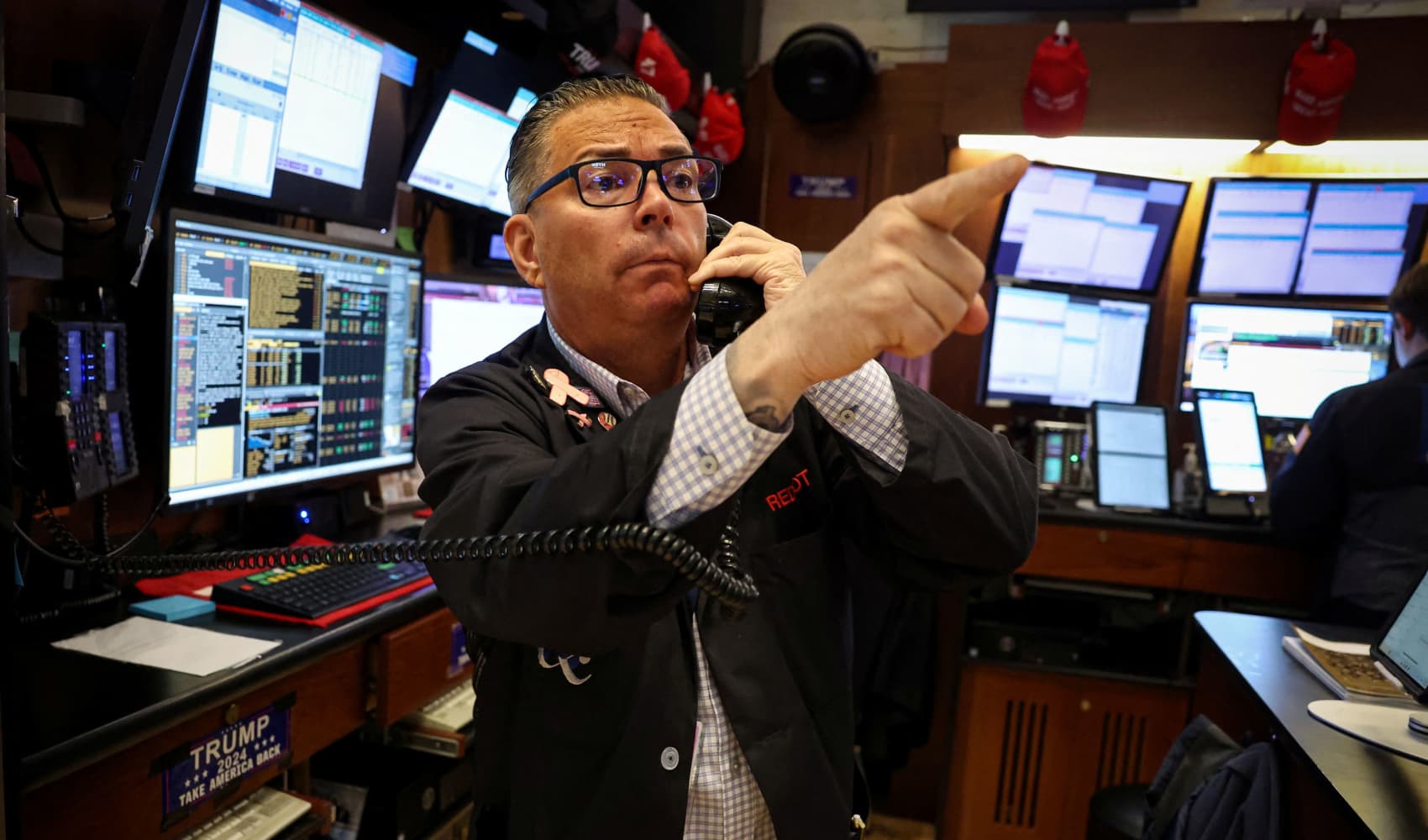ECB Rate Cuts on Hold? Holzmann Warns on Tariff Uncertainty
Holzmann's Hawkish Hold: Will Tariff Uncertainty Delay ECB Rate Cuts?
Introduction: The Rate Cut Waiting Game
The European Central Bank (ECB) recently took a cautious step, trimming interest rates by a quarter percentage point. But hold on! Are more cuts on the horizon? Not so fast, says Robert Holzmann, Austria's central bank chief and a well-known hawk on the ECB's Governing Council. He believes future monetary policy decisions should be put on ice until there's more clarity on the impact of tariffs. In essence, he's saying, "Let's see how this trade war dust settles before we make any more moves." Why the hesitation? Let's dive in and explore the complexities of this situation.
Holzmann's Stance: A Hawkish Voice of Caution
Robert Holzmann isn't just any ECB member; he's known for his hawkish views. This means he's generally more inclined to favor tighter monetary policy to keep inflation in check. He’s not easily swayed by calls for quick rate cuts, especially when the economic landscape is shrouded in uncertainty. His cautious approach stems from a desire to avoid knee-jerk reactions that could destabilize the Eurozone economy.
Understanding Hawkish vs. Dovish Views
Think of it this way: hawks are like cautious drivers who tap the brakes at the first sign of trouble, while doves are more like drivers who ease off the gas pedal, hoping things will improve. Holzmann is definitely in the hawk camp.
Tariff Uncertainty: The Elephant in the Room
The core of Holzmann's argument revolves around the uncertainty created by tariffs. We’re not just talking about one country imposing tariffs on another. This is a global game of chess, with retaliatory measures potentially triggering a ripple effect throughout the global economy. Tariffs impact prices, and price movements directly influence inflation, which is the ECB's primary concern.
The Domino Effect of Tariffs
Imagine a line of dominoes. One country imposes tariffs, another retaliates, and suddenly, businesses are scrambling to adjust to higher costs, which inevitably get passed on to consumers. This can lead to inflation or, conversely, if demand drops, deflation. It's a tricky situation for central bankers to navigate.
EU Countermeasures: A Double-Edged Sword?
Holzmann specifically mentioned EU countermeasures. He pointed out that these actions could either increase or decrease prices, depending on their effectiveness and the global response. The key phrase here is "we don't know yet the direction." This uncertainty is precisely what makes him wary of further rate cuts.
The Price Pressure Puzzle
Think of it as a tug-of-war. On one side, tariffs push prices up. On the other side, EU countermeasures could potentially push prices down. The ECB needs to see which side is winning before making any decisive moves. It’s like trying to steer a ship through a storm without knowing which way the wind will blow.
The ECB's Recent Rate Cut: A Calculated Risk
Despite Holzmann's reservations, the ECB's Governing Council voted unanimously to cut rates by a quarter percentage point. Why? Well, the Eurozone economy has been sluggish, and the cut was intended to provide some much-needed stimulus. It was a calculated risk, but Holzmann clearly wants to proceed with caution from here on out.
A Quarter Point: A Small Step or a Giant Leap?
A quarter percentage point may seem insignificant, but it can have a ripple effect on borrowing costs for businesses and consumers. It's like giving the economy a small dose of medicine – hopefully just enough to perk it up without causing any adverse side effects.
The Inflation Target: The ECB's North Star
The ECB's primary goal is to maintain price stability, which it defines as inflation of around 2% over the medium term. Everything the ECB does is ultimately geared towards achieving this target. Tariff uncertainty throws a wrench into the works because it makes it much harder to forecast inflation accurately.
Hitting the Bullseye: The Inflation Challenge
Imagine trying to hit a bullseye on a dartboard while blindfolded. That's essentially what the ECB is trying to do when it comes to inflation forecasting amidst tariff uncertainty. They need clear visibility to make accurate predictions.
Impact on Businesses: Navigating Uncertainty
For businesses, the uncertainty surrounding tariffs is a major headache. It makes it difficult to plan investments, set prices, and manage supply chains. A stable and predictable economic environment is crucial for business confidence and growth.
The Ripple Effect on Supply Chains
Think of a complex network of interconnected pipes. Tariffs can create blockages in those pipes, disrupting the flow of goods and materials. Businesses need to find alternative routes, which can be costly and time-consuming.
Impact on Consumers: The Price We Pay
Ultimately, consumers bear the brunt of tariffs. Higher prices for imported goods mean less purchasing power. If tariffs lead to inflation, consumers may see their real wages decline, impacting their spending habits.
The Pinch in the Pocketbook
It's like having a leaky faucet. Drip by drip, tariffs erode consumers' purchasing power, leaving them with less money to spend on other goods and services.
The Global Economic Outlook: A Murky Picture
The global economic outlook is already clouded by various factors, including geopolitical tensions, supply chain disruptions, and the lingering effects of the pandemic. Tariff uncertainty only adds to the murkiness. A coordinated global approach is needed to address these challenges, but that seems increasingly unlikely in the current political climate.
Navigating the Storm: Global Coordination Needed
Imagine a group of sailors trying to navigate a ship through a storm. If they're all pulling in different directions, the ship is likely to flounder. Similarly, global economic challenges require a coordinated response to be effective.
The Eurozone's Fragile Recovery: A Balancing Act
The Eurozone economy is still in a fragile recovery phase. While some countries are performing well, others are lagging behind. The ECB needs to strike a delicate balance between supporting growth and keeping inflation under control. Further rate cuts could stimulate growth but also risk fueling inflation, especially if tariffs push prices higher.
Walking a Tightrope: Balancing Growth and Inflation
It's like a tightrope walker trying to maintain balance. The ECB needs to carefully weigh the risks and benefits of each decision to avoid tipping the Eurozone economy into recession or runaway inflation.
The Waiting Game: Patience is a Virtue?
Holzmann's message is clear: patience is key. He believes the ECB should wait for more clarity on the impact of tariffs before making any further rate cuts. This cautious approach is likely to resonate with other hawkish members of the Governing Council.
A Measured Approach: Waiting for the Clouds to Clear
It's like waiting for the clouds to clear before taking a photograph. The ECB wants to have a clear view of the economic landscape before making any significant policy changes.
Alternative Scenarios: What if Holzmann is Wrong?
Of course, there's always a chance that Holzmann's cautious approach is overly pessimistic. What if tariffs have a minimal impact on inflation? In that case, the ECB could risk being too slow to respond to economic weakness. However, given the potential for tariffs to disrupt the global economy, a cautious approach seems prudent.
The "What If" Game: Planning for All Outcomes
It's like playing a game of chess. You need to think several moves ahead and anticipate your opponent's possible responses. The ECB needs to consider all possible scenarios and be prepared to adjust its policy accordingly.
Conclusion: A Cautious Path Forward
Robert Holzmann's stance highlights the complexities of monetary policy in a world of increasing trade tensions. While the ECB has already taken a step towards easing monetary policy, further rate cuts are unlikely in the near term, at least until there's more certainty on the impact of tariffs. The ECB is playing a waiting game, carefully monitoring the economic landscape and preparing to adjust its policy as needed. The future of interest rates in the Eurozone depends heavily on the unpredictable path of global trade. The key takeaway is that the path to further rate cuts is far from clear, and the ECB will likely remain cautious in the face of ongoing tariff uncertainty.
Frequently Asked Questions
- Why is Robert Holzmann considered a "hawk" within the ECB? He consistently advocates for tighter monetary policy to combat inflation, even if it means slower economic growth. His priority is price stability.
- How could EU countermeasures to US tariffs impact prices in Europe? Countermeasures could either raise prices by increasing the cost of imported goods subject to tariffs or lower prices if they successfully offset the impact of US tariffs on European businesses. The ultimate effect is uncertain.
- What is the ECB's primary mandate and how does it relate to tariff uncertainty? The ECB's primary mandate is to maintain price stability, defined as inflation close to 2% over the medium term. Tariff uncertainty makes it difficult to forecast inflation accurately, complicating the ECB's ability to achieve its mandate.
- What can businesses do to mitigate the risks associated with tariff uncertainty? Businesses can diversify their supply chains, explore alternative sourcing options, hedge against currency fluctuations, and improve their operational efficiency to absorb potential cost increases.
- If the ECB delays further rate cuts due to tariff uncertainty, what are the potential consequences for the Eurozone economy? Delaying rate cuts could hinder economic growth, especially in countries that are already struggling. However, it could also prevent inflation from accelerating, preserving purchasing power and maintaining price stability. It's a balancing act.



